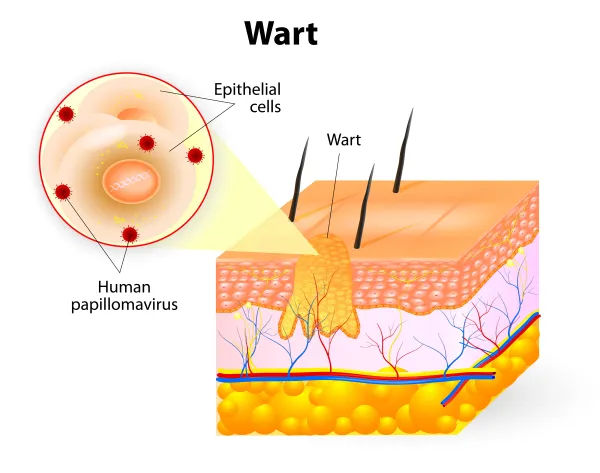Prevail Over Cutaneous T Cell Lymphoma Denials with This Advice

Check site of lymph nodes; distinguish mycosis fungoides vs. Sézary disease. Cutaneous T cell lymphomas can leave you perplexed due to the unique manifestations in skin and investigations targeted to lymphomas. To get the right diagnosis code, you need to confirm if the condition in question is mycosis fungoides or Sézary disease. Once determined, you can adopt the following three step approach: Site of Involved Nodes is Key For mycosis fungoides of intrathoracic and intra-abdominal lymph nodes, you submit codes C84.02 (Mycosis fungoides, intrathoracic lymph nodes) and C84.03 (Mycosis fungoides, intra-abdominal lymph nodes), respectively. You also have specific ICD-10-CM codes for mycosis fungoides of the lymph nodes in the extremities. For mycosis fungoides of the lymph nodes in axilla and upper limb, you submit code C84.04 (Mycosis fungoides, lymph nodes of axilla and upper limb) and for those in the inguinal region and lower limb, you submit code C84.05 (Mycosis fungoides, lymph nodes of inguinal region and lower limb). For mycosis fungoides of the lymph nodes in the pelvis, you submit code C84.06 (Mycosis fungoides, intrapelvic lymph nodes). Not sure of the affected lymph nodes? You may encounter clinical documentation of lymph nodes affected in multiple sites. For mycosis fungoides in multiple lymph node groups, you submit code C84.08 (Mycosis fungoides, lymph nodes of multiple sites). When your physician does not document the site of the involved lymph nodes or other organs, you submit code C84.00 (Mycosis fungoides, unspecified site). Find Codes for Specific Locations and Organs For mycosis fungoides of the lymph nodes in head, neck, and face, you have a specific code, C84.01 (Mycosis fungoides, lymph nodes of head, face, and neck). For mycosis fungoides of the spleen, you have a definite code C84.07 (Mycosis fungoides, spleen) and for that in other solid organs, you have code C84.09 (Mycosis fungoides, extranodal and solid organ sites). Follow the Same Norms for Sézary Disease Like mycosis fungoides, you have the following codes for Sézary disease in lymph nodes at various sites: For Sézary disease in extranodal and solid organs, you submit code C84.19 (Sézary disease, extranodal and solid organ sites) and C84.17 (Sézary disease, spleen) for those in the spleen. When your physician does not document the site of the Sézary disease, you should submit code C84.10 (Sézary disease, unspecified site). Define Mycosis Fungoides and Sézary Disease Check atypical cells in blood and lymphadenopathy in patients with a suspected red rash. T-cell lymphomas with primary manifestations in the skin include Sézary disease and mycosis fungoides. The cell of origin in these lymphomas is the peripheral CD4+ T-lymphocyte. Due to the epidermal location of the neoplastic T cells, there is formation of small abscesses, called Pautrier’s microabscesses, which are the hallmark of the disease. Sézary disease is often described as a late stage of mycosis fungoides accompanied by lymphadenopathy. Key signs and symptoms of these cutaneous T-cell lymphomas include: The red rash of mycosis fungoides: The skin may develop a scaly red rash which may be asymptomatic for many months. This may advance to an eczematous rash followed by a papular rash on hard skin. Finally, the tumors form in the skin with ulcers which may become infected.




